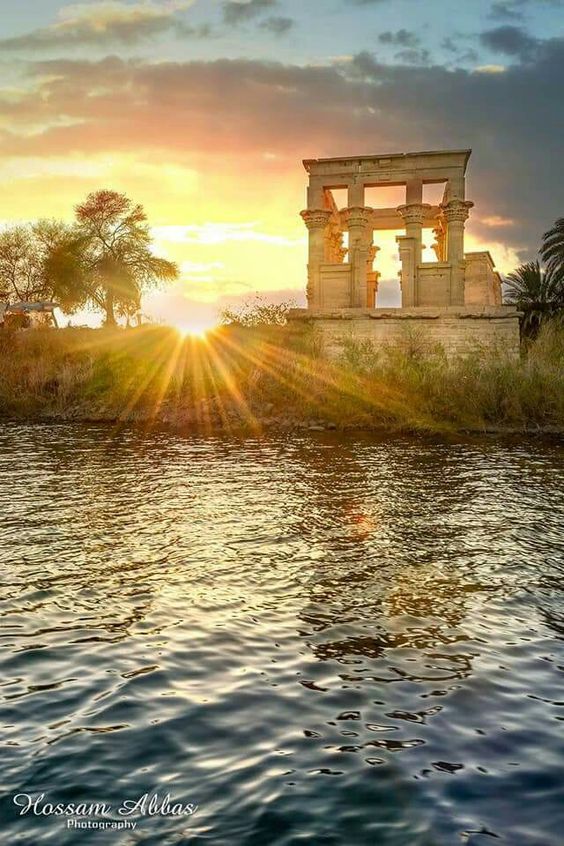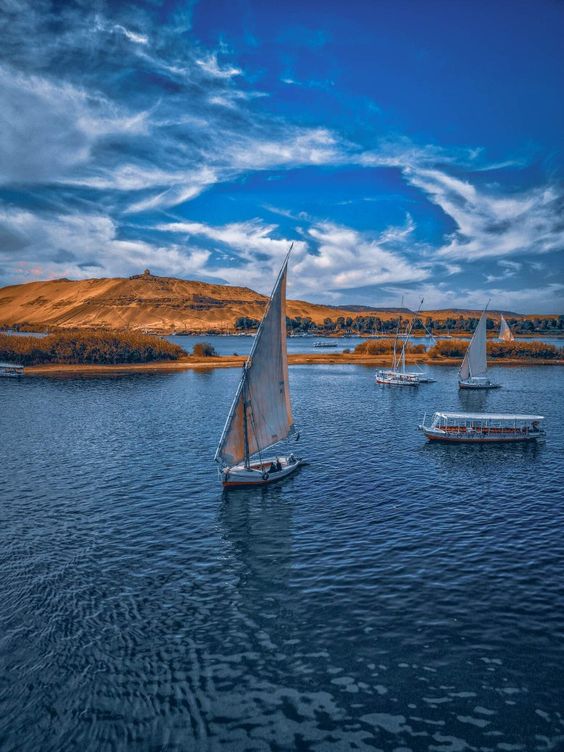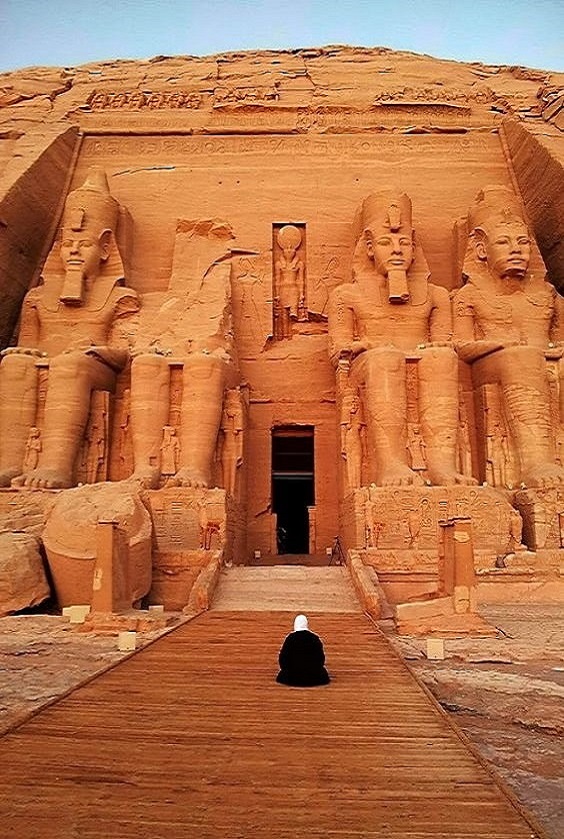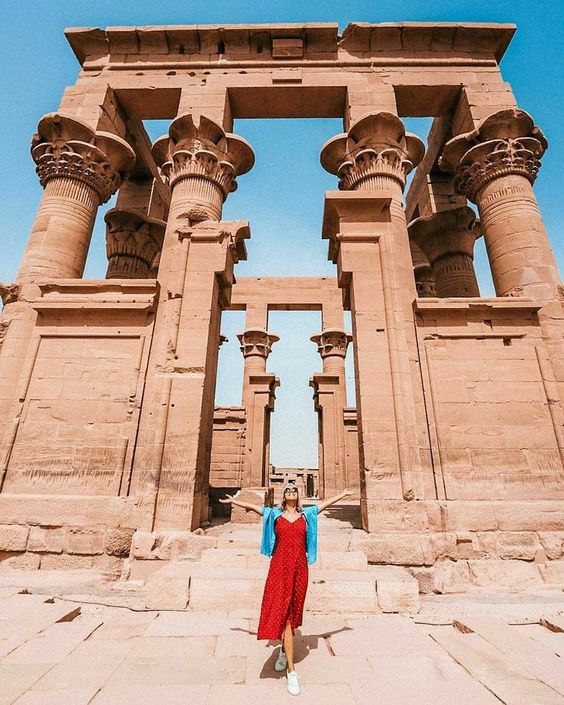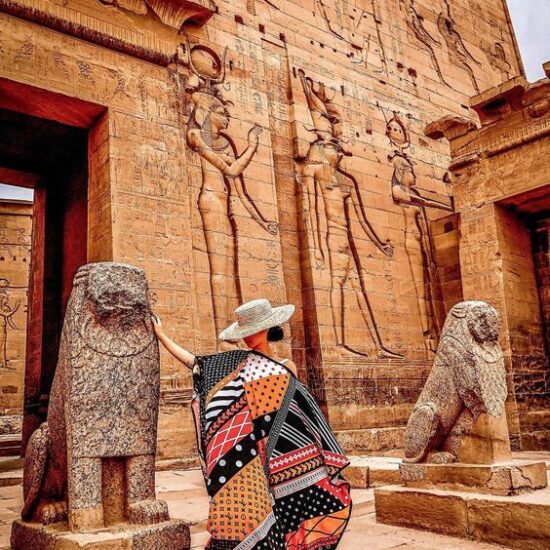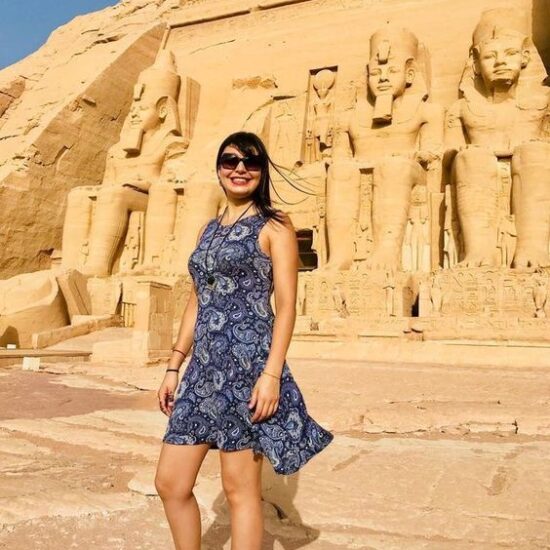Trip Itinerary
A two-day trip from Hurghada to Aswan offers a glimpse into the rich history, culture, and natural beauty of Upper Egypt. While two days may not be enough to explore all that Aswan has to offer in depth, it’s still possible to visit some of its key attractions and immerse yourself in its unique ambiance. Here’s a itinerary for a two-day excursion from Hurghada to Aswan:
Day 1:
Morning:
Departure from Hurghada: Start your journey early in the morning from Hurghada. travel to Aswan by private transportation . The journey typically takes around 5 to 6 hours by road.
Kom Ombo Temple: In route to Aswan, make a stop at the Kom Ombo Temple, located on the banks of the Nile River. This unique temple is dedicated to two gods, Sobek (the crocodile god) and Horus (the falcon-headed god). Explore the temple’s well-preserved reliefs and learn about its fascinating history.
Aswan High Dam: Visit the Aswan High Dam, one of the most important engineering projects in Egypt. Learn about the dam’s construction and its significance in controlling the flow of the Nile River and generating hydroelectric power. Enjoy panoramic views of Lake Nasser from the dam’s observation point.
Aswan Souk: explore the lively Aswan Souk, where you can shop for souvenirs, spices, textiles, and more. Immerse yourself in the bustling atmosphere and haggle with local vendors for unique treasures to take home.
Philae Temple: In the afternoon, visit the Philae Temple, located on Agilkia Island in the Nile River. This beautiful temple complex is dedicated to the goddess Isis and is renowned for its stunning architecture and picturesque setting. Take a boat ride to the island and explore the temple’s colonnades, courtyards, and sanctuaries.
Day 2 :
Early in the Morning
Abu Simbel Temples: Rise early for a day trip to the magnificent Abu Simbel Temples, located about 280 kilometers southwest of Aswan. These colossal temples, built by Ramses II, are UNESCO World Heritage sites and are renowned for their impressive architecture and monumental statues. The journey to Abu Simbel takes approximately 3 to 4 hours each way by road.
Return to Hurghada: Depart Aswan in the evening and make the journey back to Hurghada, where you can reminisce about your two days of adventure in Upper Egypt.
( Day 1 )
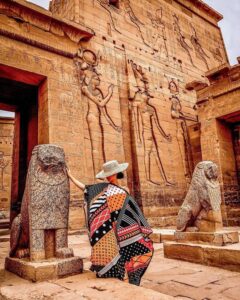
Kom Ombo Temple
The Kom Ombo Temple, located on the banks of the Nile River in Upper Egypt, is unique for its dual dedication to two gods: Sobek, the crocodile god, and Horus, the falcon-headed god. Built during the Ptolemaic period (180-47 BCE), the temple features a symmetrical design with duplicate sanctuaries, halls, and courts for each deity. The temple’s walls are adorned with intricate reliefs depicting ancient medical instruments, rituals, and the gods themselves. Kom Ombo also houses a fascinating crocodile museum, showcasing mummified crocodiles and other artifacts, highlighting the significance of Sobek in ancient Egyptian culture.
 High Dam
High Dam
The High Dam, also known as the Aswan High Dam, is a significant engineering marvel located in Aswan, Egypt. Constructed between 1960 and 1970, the dam was built to control the annual flooding of the Nile River, provide water for irrigation, and generate hydroelectric power. Stretching 3,830 meters (12,562 feet) long and 111 meters (364 feet) high, the High Dam has created Lake Nasser, one of the largest artificial lakes in the world. This project has had a profound impact on Egypt’s agriculture and economy, though it also led to the displacement of many communities and the submersion of numerous archaeological sites, necessitating major international relocation efforts for monuments such as the Abu Simbel temples.
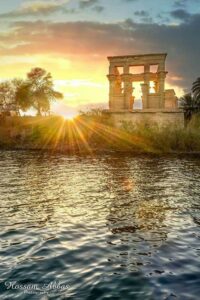 Temple of Isis on Philae Island
Temple of Isis on Philae Island
The Temple of Isis on Philae Island is one of the most picturesque and well-preserved ancient Egyptian temples. Dedicated to the goddess Isis, the temple was originally constructed during the Ptolemaic period (circa 380-362 BCE) and was expanded by subsequent Roman emperors. The site features impressive colonnades, detailed reliefs, and hieroglyphics depicting mythological scenes and religious rituals. Due to the construction of the Aswan High Dam, the temple was relocated from its original location on Philae Island to the nearby Agilkia Island in a UNESCO-led effort in the 1960s to save it from the rising waters of Lake Nasser. The Temple of Isis remains a testament to the enduring legacy of ancient Egyptian religion and architecture.
 Lunch time
Lunch time
After this exciting experience in Aswan, it is time to have lunch]
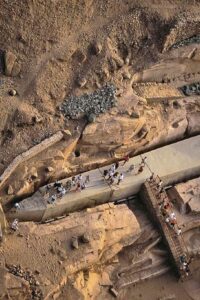
The unfinished Obelisk
The Unfinished Obelisk is a massive ancient obelisk located in the northern region of the stone quarries of ancient Egypt in Aswan. Believed to have been ordered by Hatshepsut, it would have stood about 42 meters (approximately 137 feet) tall and weighed nearly 1,200 tons if completed. However, during its construction, a large crack appeared in the rock, which led to the abandonment of the project. The unfinished obelisk provides valuable insights into the techniques used by ancient Egyptians to quarry and carve obelisks, revealing the remarkable skill and precision of their stone workers. Today, it lies partially attached to the bedrock, offering visitors a glimpse into the ancient quarrying methods and the scale of these monumental structures.
Return to the hotel in Aswan
your driver will take you to the hotel in Aswan to sleep and rest. The next day at four in the morning, you will begin your trip to visit Abu Simbel Temple.
(Day 2)
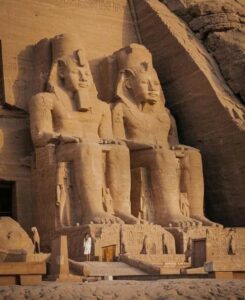 Abu Simbel Temple
Abu Simbel Temple
The Abu Simbel Temples are two massive rock temples in Nubia, southern Egypt, near the border with Sudan. They were carved into the mountainside during the reign of Pharaoh Ramesses II in the 13th century BCE, as a monument to himself and his queen, Nefertari, to commemorate his victory at the Battle of Kadesh. The temples are renowned for their colossal statues, intricate carvings, and impressive engineering, especially considering they were relocated in the 1960s to avoid being submerged by Lake Nasser after the construction of the Aswan High Dam. The Great Temple is dedicated to Ramesses II and the gods Ra-Horakhty, Amun, and Ptah, while the smaller temple is dedicated to Queen Nefertari and the goddess Hathor. Abu Simbel remains one of Egypt’s most famous and awe-inspiring archaeological sites, showcasing the grandeur of ancient Egyptian architecture and artistry.




 High Dam
High Dam Temple of Isis on Philae Island
Temple of Isis on Philae Island Lunch time
Lunch time 
 Abu Simbel Temple
Abu Simbel Temple